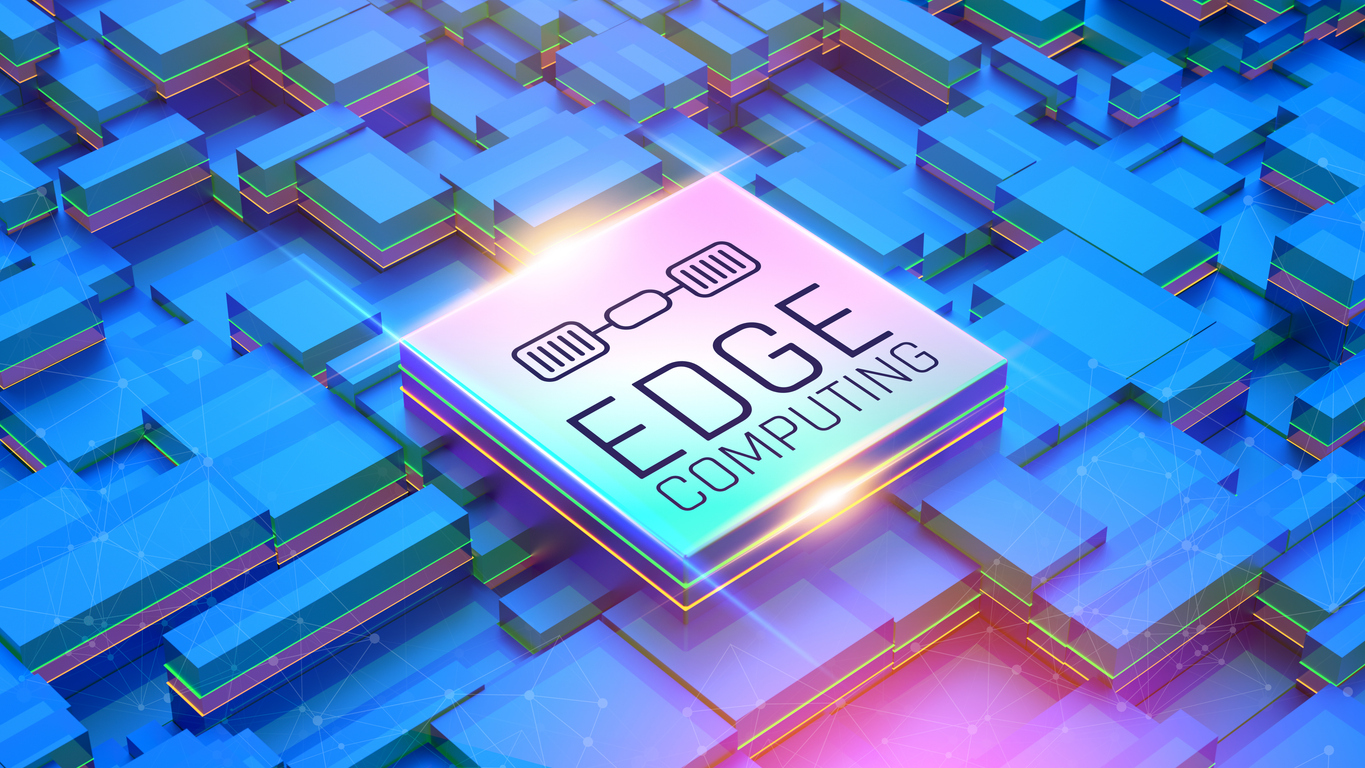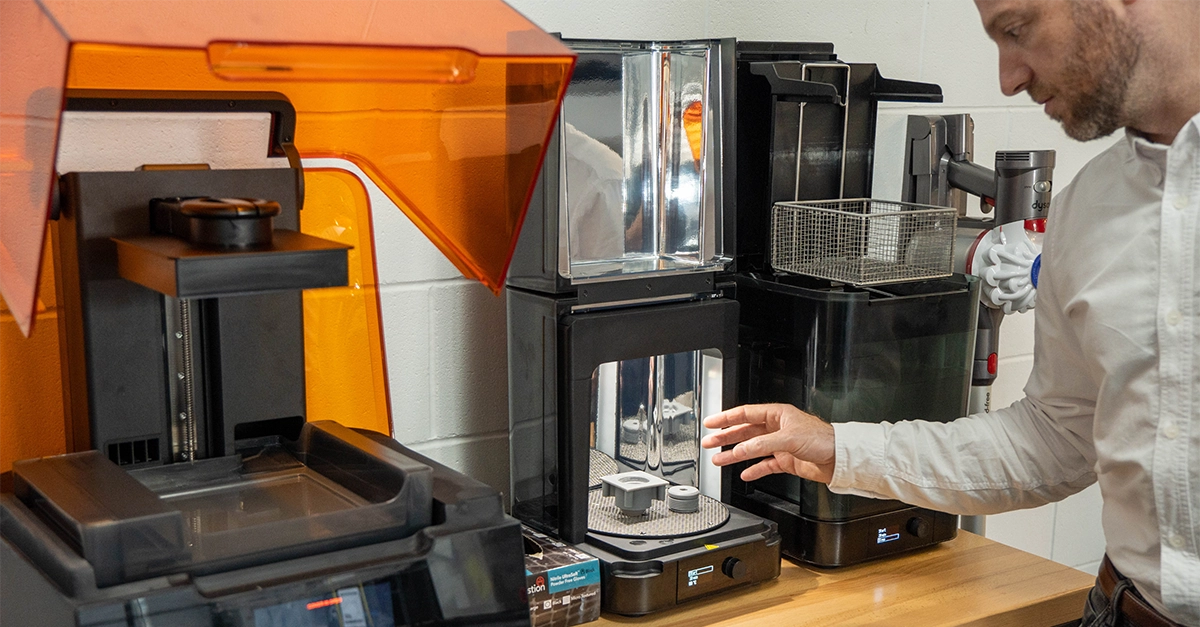Power Electronics Fundamentals – 4 Expert Tips for Reliable Product Design

Getting Power Where It Needs to Go
At its core, power electronics is the discipline of converting raw electrical energy into a form that is useful, efficient, and safe for your application. Whether it’s using battery power to drive a 3-phase motor or turning solar energy into grid-ready AC, power electronics is the system-level bridge between your energy source and your end use.
It’s not just about moving electrons. It’s about controlling, converting, and optimizing energy to meet your product’s technical and commercial goals—balancing efficiency, thermal performance, cost, size, and compliance. Every product has unique power requirements, which means every power electronics design should be tailored to its application to deliver reliable performance without wasting energy.
Before opening your schematic tool, clearly define your commercial and technical objectives:
• How much power do you actually need?
• What voltage levels are required?
• Is your top priority performance, footprint, or cost?
• Do you need GaN or SiC, or will silicon switching suffice?
• Is maximum power density critical, or are serviceability and unit cost more important?
Locking in these answers early will save time, reduce redesign risk, and set you up for a design that works right the first time.
Designing a Power Electronics System That Actually Works
1. Start With Real Measurements – Double Pulse Testing
When designing a motor controller or power converter, switching behavior is a major source of loss, EMI, and damaging transients. Double pulse testing lets you validate switching energy under real operating conditions, so you can:
• Quantify switching losses across frequencies
• Tune your gate drive circuitry and control strategy
• Optimise switching frequency to balance efficiency, EMI, and passive size
Skipping this step can lead to overheating, unexpected EMI issues, or missed performance targets. For a deep dive, see Infineon’s excellent write-up on the method.
2. minimize Parasitics in Your Layout
Poor layout can cripple performance—or kill a design entirely. Even a “working” board can fail EMI compliance without careful parasitic control:
• Minimize parasitic capacitance in switching nodes to reduce overshoot and ringing
• Keep loop inductance low, especially between high-side and low-side switches
• Use short, wide traces and controlled impedance routing where possible
• For SiC or GaN, use high CMTI (>100 V/ns) isolators
• Protect logic circuits with strong pull-ups, Schmitt triggers, and robust push-pull outputs
• Use differential measurement techniques to reject common-mode noise
At high switching speeds, every nanohenry matters.
3. Don’t Overlook Custom Magnetics
Inductors and transformers are often treated as “black boxes,” but they are critical to performance. Off-the-shelf options may limit efficiency, size, or EMI performance. Custom magnetics allow you to:
• Target specific leakage inductance and saturation current values
• Reduce footprint without sacrificing performance
• Optimise winding geometry for thermal and EMI performance
Modern tools like Frenetic make custom magnetic design faster and more accessible. At Ingenuity, we use these tools to design magnetics tuned precisely to your application— whether for flyback, LLC, or phase-shifted full bridge topologies.
4. Safety and Isolation Are Non-Negotiable
Above 60 V, high-voltage hazards become a serious concern. Your design must protect users and meet safety compliance:
• Select the correct isolation strategy (basic vs. reinforced)
• Maintain proper creepage and clearance distances
• Consider redundancy and fault tolerance for automotive, medical, or mission-critical systems.
Safety isn’t just about certification—it’s about protecting people in the real world.
Conclusion – Why Power Electronics is Almost Always Custom
There is no universal power electronics solution. Every choice—from topology and switching frequency to layout and magnetics—ripples through the entire system. The right design for your product is the one that is engineered for your exact use case.
At Ingenuity Design Group, we create custom power electronics systems that balance performance, cost, and manufacturability. From EV traction inverters to high-efficiency motor drives and regulated DC/DC converters, we take designs beyond evaluation boards into fully engineered, production-ready solutions.
Need help with your next power design?
Contact us for a free consultation—we’ll help define your requirements and build a clear roadmap to market, with fewer surprises along the way.
























